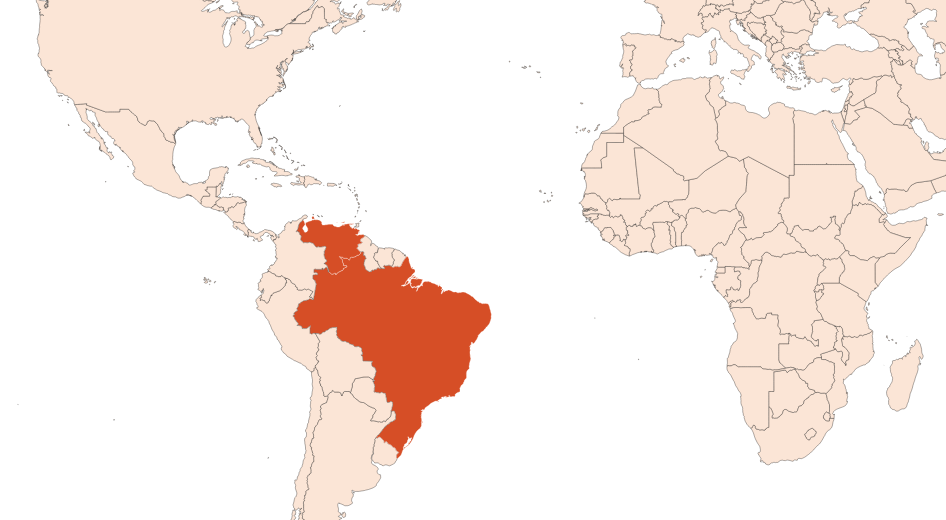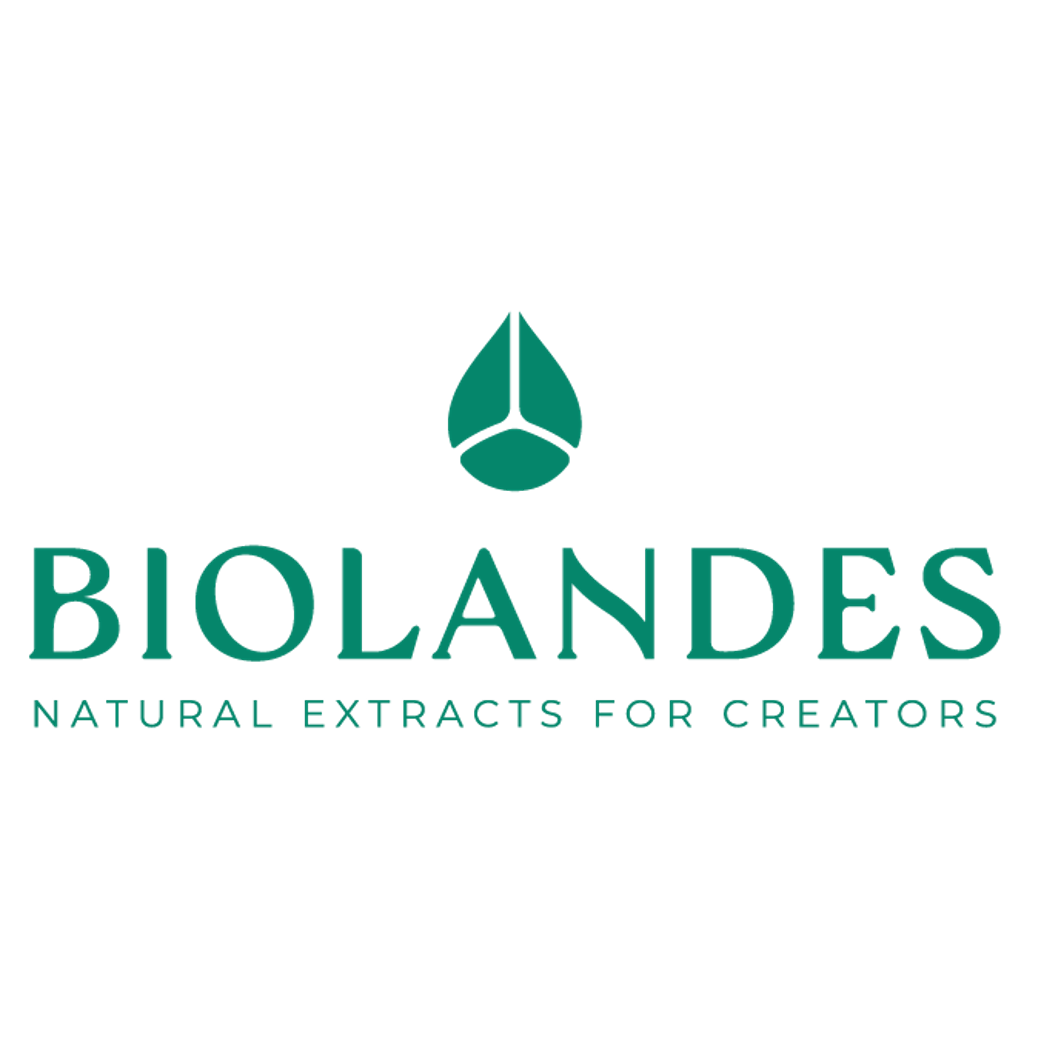Tonka Bean Absolute
Naturelle
Balsamic Ambery > Coumarinic > Balsamic > Honeyed > Vanillic

Crédits photo: ScenTree SAS
Latin name :
Dipterix odorata
Botanical profile :
The cumaru is a tree belonging to the Fabaceae family, and to the genus Dipterix.
Geographic origin :
Tonka beans are harvested from the tropical forests of Venezuela, Guyana and Brazil.
Chemotypes :
There are several species belonging to the genus Dipterix. Nevertheless, the only specie used in perfumery is the coumarou Dipterix odorata, for its fruits and its bean.
It includes the Dipterix alata tree for the cultivation of almonds in Peru and Brazil among others. This tree is also called barou.
It includes the Dipterix alata tree for the cultivation of almonds in Peru and Brazil among others. This tree is also called barou.
Extraction process :
The tree called coumarou grows mainly in the dense and humid forests of Central America (Amazonia). It gives an ovoid fruit that contains a bean. The fruits of the coumarou are collected between February and April by the local producers and the indigenous populations. They are opened by hand with a knife or by tapping them with a hammer against a stone to remove the bean. The beans are dried in the shade first, then in the sun, to make them reach a darker colour.
At the extraction plant, a maceration in alcohol is performed. Once the alcohol has evaporated, coumarin crystals appear on the surface of the beans: it is called glazing. This glazing step is essential because it gives all the olfactory characteristics to the absolute. After an extraction with hexane by maceration, a resinoid is obtained with a yield of 30 to 50%. The resinoid is very little used as is. A dilution of the resinoid is made in alcohol in order to obtain the absolute (yield of 15% in comparison to the bean), by precipitating the resinoid waxes with a glazing process (temperature gradient from 140 °F to 32 °F). After filtration and evaporation of the solvent, the absolute is collected. Sometimes, the tonka bean absolute can be distilled to be bleached, without a great olfactory impact.
At the extraction plant, a maceration in alcohol is performed. Once the alcohol has evaporated, coumarin crystals appear on the surface of the beans: it is called glazing. This glazing step is essential because it gives all the olfactory characteristics to the absolute. After an extraction with hexane by maceration, a resinoid is obtained with a yield of 30 to 50%. The resinoid is very little used as is. A dilution of the resinoid is made in alcohol in order to obtain the absolute (yield of 15% in comparison to the bean), by precipitating the resinoid waxes with a glazing process (temperature gradient from 140 °F to 32 °F). After filtration and evaporation of the solvent, the absolute is collected. Sometimes, the tonka bean absolute can be distilled to be bleached, without a great olfactory impact.
Major Components :
Coumarin (50-70%)
Fatty Acids
Plotter(s) : Phenolide
Fatty Acids
Plotter(s) : Phenolide
- Uses in perfumery :
- Used in fougere, amber, oriental notes for a natural effect.
- Other comments :
- The tonka bean is a seed of the Dipterix odorata (Dipterix means ''two wings '': the flowers of the tree are winged), also called coumarou.
All fruits do not necessarily contain a bean. It depends on the maturity of the tree. Each tree is tested before cultivation to check the maturity of the fruits and therefore the beans. This process is done by a visual verification, opening some fruits and noticing how dark the beans are. The darker it is, the riper the tree is. - Volatility :
- Heart/Base
- Appearance :
- Brown paste
- Stability :
- Solubility issues in perfumes
Stable oil in perfumes and in diverse functional bases - Price Range :
- €€€€€
- Aromatherapy :
Informations provided below are taken from reference works in aromatherapy. They are given for information purposes only and can not constitute medical information, nor engage the responsibility of ScenTree.
The Tonka bean is known for its effects on sexual desire, for the treatment of cramps, nausea, coughs, spasms and for the treatment of tuberculosis among others. However, nothing is certain about the benefits of tonka extracts.

Crédits photo: ScenTree SAS
- EINECS number :
- 232-460-5
- FEMA number :
- Donnée indisponible.
- Allergens :
- Coumarin
- IFRA :
- This ingredient is restricted by IFRA
- Annexe I :
- Some regulated synthetic ingredients are found in nature and in certain proportions in natural ingredients. This presence in nature has to be taken into account when calculating limits of use recommended by the IFRA. In case you do not know these concentrations, you can use the ones estimated by the IFRA. Here they are :
- Annexe I :
- Some regulated synthetic ingredients are found in nature and in certain proportions in natural ingredients. This presence in nature has to be taken into account when calculating limits of use recommended by the IFRA. In case you do not know these concentrations, you can use the ones estimated by the IFRA. Here they are :
| List of regulated compounds contained in this ingredient | ||
|---|---|---|
| Regulated ingredient name | CAS N° | Estimated Concentration |
| Dihydrocoumarin | 119-84-6 | 0,05 |
| Coumarin | 91-64-5 | 46,7 |
| List of regulated compounds contained in this ingredient | ||
|---|---|---|
| Regulated ingredient name | CAS N° | Estimated Concentration |
| Dihydrocoumarin | 119-84-6 | 0,05 |
| Coumarin | 91-64-5 | 46,7 |
To learn more about IFRA's standards : https://ifrafragrance.org/safe-use/library
ScenTree is solely responsible for the information provided here.




